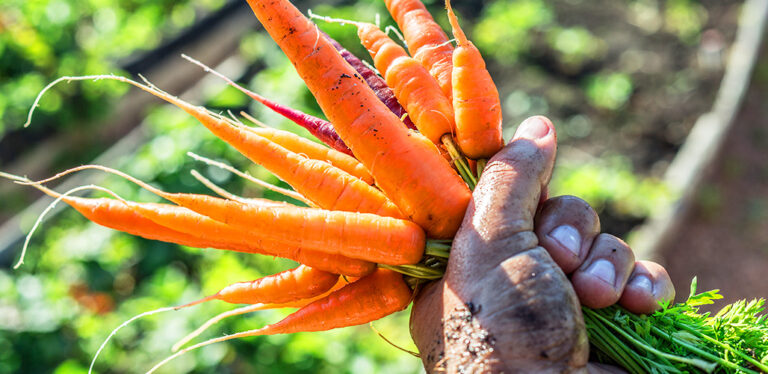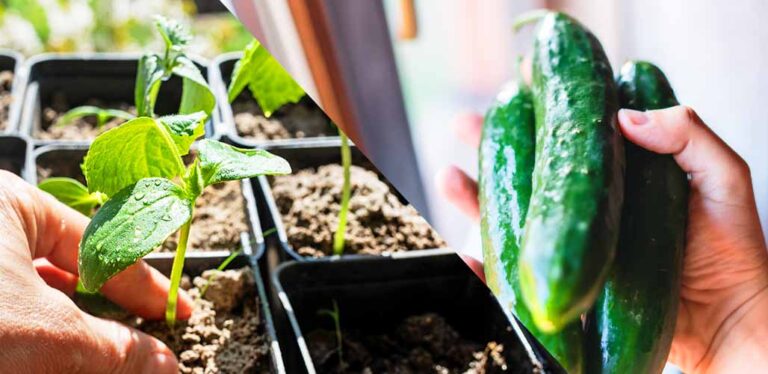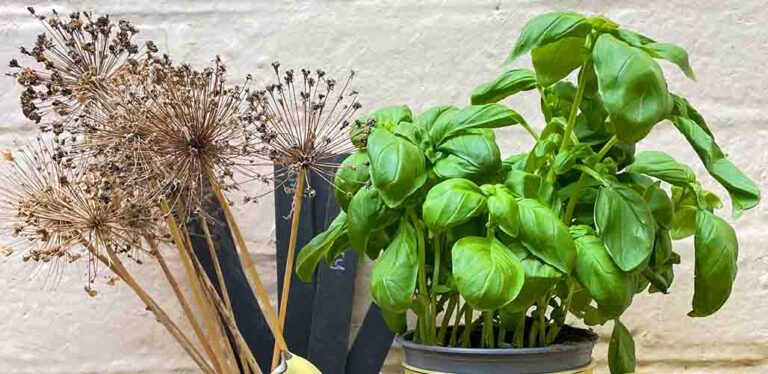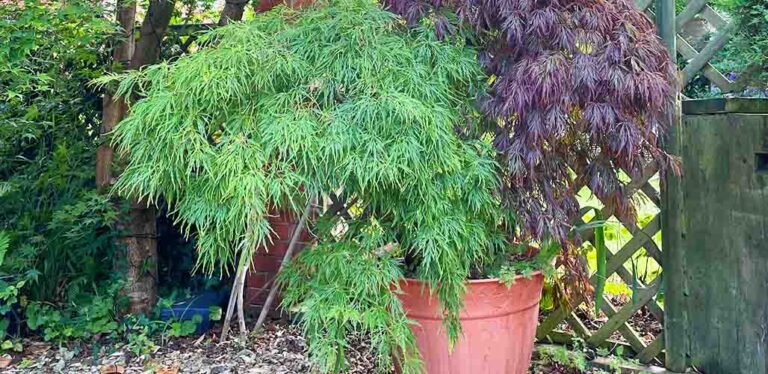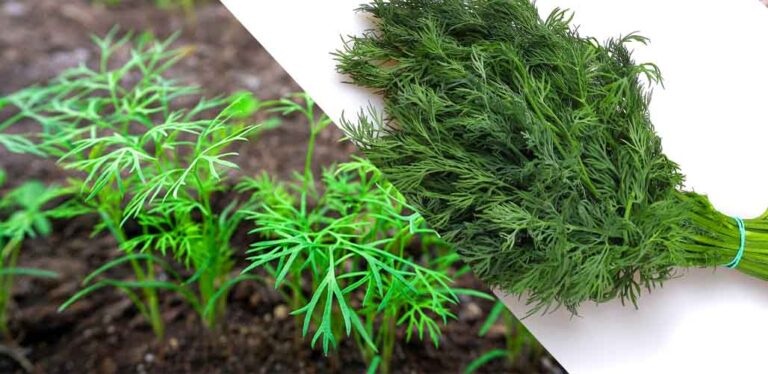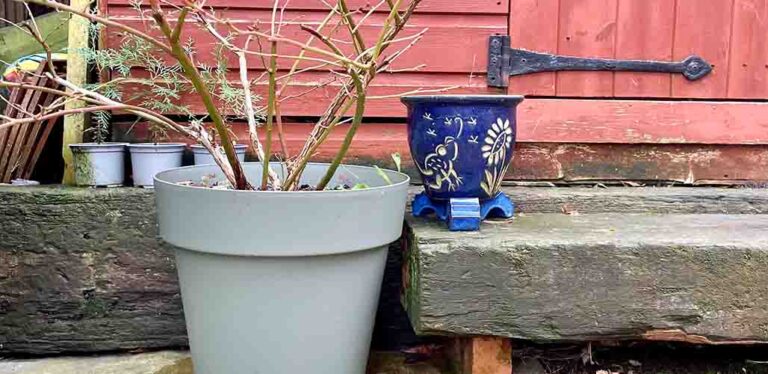How To Get Started With Parsley
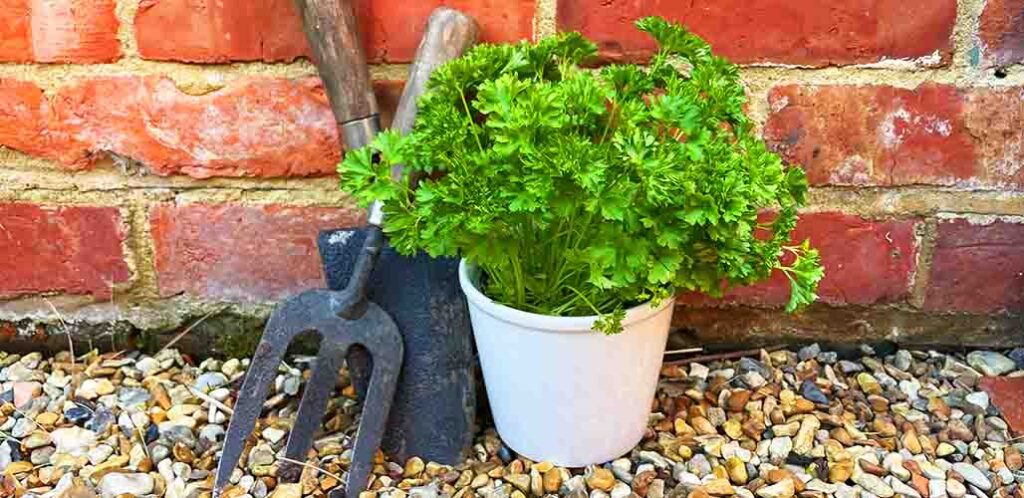
I love cooking with herbs of all kinds, and I’m obsessed with their power to transform any dish from run of the mill and mundane into special and worth savoring. But, if there’s one herb I could never be without, it’s parsley. It’s not as bold as mint or basil, or as fragrant as dill or cilantro, but it’s easy to grow, available nearly all year round, and it works in a huge variety of dishes. Basically it’s a real workhorse of the kitchen garden. What’s more, growing a clump or two of your own is more affordable, more eco-friendly, and more delicious than buying pre cut and packaged trays from the grocery store. So here’s how to get started with parsley in your garden, or even just on your kitchen window sill!
Contents
- Parsley basics
- Popular parsley varieties to grow yourself
- Growing conditions for happy parsley
- How to get started with parsley – sowing and growing
- Caring for parsley plants
- Parsley pests and diseases
- Harvesting and storing your crop
Parsley basics
Wild parsley is originally native to Morocco, Greece and Eastern Europe, and people have been using it to flavor food for thousands of years. It is high in vitamin A, vitamin C, potassium, iron, copper, and anti-oxidants. You won’t gain much from sprinkling one or two leaves on a salad, but they pack a healthy punch in dishes where parsley is the star, like tabbouleh.
The value of Parsley as a non-culinary plant shouldn’t be overlooked either. For example, if you let it flower in its second year, the flowers will attract pollinating insects, and useful predatory species like wasps, which will eat pests like aphids from your other plants. Some gardeners also swear that the essential oils in parsley deter the pesky asparagus beetle.
It is usually grown as an annual, but if you leave it in the ground at the end of summer parsley is cold tolerant and will survive the winter and produce delicate white umbels of flowers followed by small seeds the following year, both of which are also edible.
Popular parsley varieties to grow yourself
Surprisingly for a plant with such a long culinary history, relatively few different varieties of parsley have been developed. I think it’s a classic case of ‘if it ain’t broke, don’t fix it’! However, gardeners aren’t completely deprived of growing choices. You could choose:
- Gigante. Gigante has large, flat, flavorful leaves, ideal for cooking with, or making parsley packed side dishes like tabbouleh, or salsa verde.
- Green Dream. Green Dream’s feathery leaves are genuinely pretty as well as tasty. So if your garden consists of only a handful of pots where the herbs jostle with flowers, then choose this one!
- Lisette. Lisette is a curly variety, which makes it a little unfashionable these days. But it matures faster than its flat leaved cousins (for impatient growers) and some chefs maintain that its texture holds up better to cooking. The taste is slightly metallic.
- Mitsuba. Also known as Japanese wild parsley, Mitsuba is not technically the same species as the other parsleys on this list. But it is closely related and delicious – like parsley with a hint of cilantro. What’s more, it loves shady conditions, so it’s perfect for heavily overshadowed gardens.

Growing conditions for happy parsley
Parsley grows happily in all kinds of soils, in full sun or partial shade. But (with the exception of Japanese wild parsley, which isn’t technically parsley) it is not keen on deep shade or very wet soil. Parsley plants are also adaptable to growing indoors, outdoors, in containers or in open ground. In kitchen gardens and potager gardens, parsley is often used as an edging plant at the front of beds and borders. In the winter, parsley plants can shake off frosts and even heavy snow. If you give them a little protection (such as moving them into a greenhouse or popping them on a cool window sill) they will keep providing you with new leaves all the way through til the new year.
How to get started with parsley – sowing and growing
Parsley seeds can take a little coaxing into life. In general, they are relatively slow to germinate, and a higher proportion of seeds fail altogether, than for other common herbs. So, there are three approaches you can take:
- Try and trick them into life quickly.
- Let nature take its course slowly.
- Buy young plug plants.
For either of the first two, your seeds will need soil temperatures of at least 40°F to germinate. So if you’re sowing them straight into the ground, time your sowings according to your region.
1. Trick them into life quickly
Parsley seeds have a germination inhibitor in their seed coating. In the wild, the function of this is to stop them coming out of dormancy too early. https://www.mdpi.com/2311-7524/9/4/462 To get rid of it, soak your seeds in clean water for a day or two before sowing them. Then pat them dry, and sow them ½ an inch deep into pots of seed compost, or straight into your veg beds, and keep them moist until seedlings appear. Even with a head start from soaking them, your seeds will take at least a couple of weeks to germinate, so if you’re sowing outdoors, label where they are clearly!
Don’t expect every single one of your seeds to germinate. The germination rate for parsley can be as low as 50%. To manage this, either:
- Sow two or three seeds per module in a cell tray.
- Scatter a pinch of seeds into a seed tray, and thin them out to about 1” apart once their first true leaves start to appear.
- Spread your seeds over one half of a damp (but not soaking wet) cloth, fold it in half a couple of times, and seal it in a Ziploc sandwich bag. After a couple of weeks, check on the seeds every few days, and sow the ones which sprout into seed compost.
2. Let nature take its course slowly
Soaking parsley seeds can speed up germination, but it isn’t strictly necessary. You can also sow them ½ an inch deep in damp compost and just wait. After all, the whole point of seeds is to eventually grow into new plants! Make sure the compost doesn’t dry out, and seedlings will start to appear in 3 to 6 weeks.
3. Buy young plug plants
Alternatively, you buy plug plants from plant nurseries in spring. This skips the uncertainty of germinating your own seeds, and if you only want one or two plants it is probably more economical too.
Succession sowing
Some gardeners like to sow fresh parsley seed every 3 or 4 weeks from the beginning of spring until the temperature gets too cold for them to germinate in fall. I know some growers who specifically sow winter crops in their greenhouse. When it goes well, multiple sowings mean you’ll be harvesting fresh leaves from plants in their prime throughout the year. On the other hand, since seedlings tend to grow more quickly in summer, some gardeners find that multiple sowings all mature at the same time anyway in the end. I definitely fall into the latter category, but if you want to experiment with succession sowing, good luck to you!
Caring for parsley plants
Established parsley plants are wonderfully low maintenance. Remove weeds regularly from around young plants to prevent them being outcompeted for water, light, nutrients or space. If you’re lucky enough to enjoy warm summers with little rainfall, water plants in the ground once a week, and plants in containers every day or two. Container-grown parsley, and parsley in poor soils will stay productive for longer if you also feed it with a nitrogen rich fertilizer once a month too.
When your plant is mature, pinch out any leaves which get damaged or turn yellow to stop them drawing energy from the plant, and add them to the compost heap. Parsley plants will survive frosts and snow, but they will stop putting on new growth if the temperature in your region drops below 45°F. You can extend the cropping season by moving potted parsley into a greenhouse or onto an indoor windowsill.
Parsley pests and diseases
Parsley is usually pretty disease free. But unfortunately we’re not the only ones who enjoy eating it! Some common pests of parsley are:
- Slugs and snails
- Rabbits and other mammals
- Carrot fly
- Celery leaf mining fly
Slugs and snails
Slugs and snails make short work of parsley seedlings. Keep them at bay (and suppress competing weed seedlings) with sharp grit or crushed shells, or apply nematodes to the soil, which eat slugs’ and snails’ eggs.
Rabbits and other mammalian pests
Deer and rabbits are also notorious enemies of parsley crops. If it’s not practical to fence off your herb garden, protect individual plants with net cloches, or deter them with spinning wheels or motion-triggered sound repellers.
Carrot fly
Carrot flies lay their eggs at the base of carrots and related plants, including parsley. Once hatched, their larvae munch parsley’s roots right out from underneath it. There are no pesticides that act against carrot fly, but you can buy biological control species such as nematodes. For large parsley crops, protect rows of plants using hoops and fine netting, such as Enviromesh.
Celery leaf mining fly
Celery leaf miner is another fly whose larvae feed on parsley, but this time they eat the leaves. The first sign of their presence is usually pale green blotches on the upper side of the leaves, where they have been made thin by larvae eating the underside. The main control is pinching out infected stems, to remove the larvae.
Harvesting and storing your crop
Parsley plants grow from the center, so keep harvesting mature stems from the outside of the plant to promote new growth in the middle. Snip the stems as low down as possible – they taste just as good as the leaves! If you find yourself with more cuttings than you know what to do with, here are some ways to save them for later:
- Hang them upside down in bunches to dry.
- Chop them and mix them into salted butter, then freeze in small discs to season meat, fish, and vegetable dishes in future.
- Turn them into pesto with olive oil, pine nuts and hard cheese. Pesto freezes very well.
If you leave your parsley in the ground or its pot over winter, it won’t produce many leaves in its second year. Instead, it will channel it’s energy into making flowers and seeds. For this reason, lots of growers resign their parsley plants to the compost heap after the first year. But if you let yours flower, the flowers and seeds are both edible too. The flowers look pretty on salads, and the seeds are great for seasoning casseroles and stews. You could even collect some seeds to sow the following spring!
How to get started with parsley – summary
Parsley is easy to grow, productive for months on end, and versatile to use. So whether you’re growing a whole row of it in a large garden, or it’s going to share pot space with flowers or other herbs, I think it’s one of the most satisfying crops you can grow. It can be slow and reluctant to germinate, so if you’re impatient, and you only need one or two plants, it may be cheaper and easier to buy plug plants. Let us know which variety you choose, and whether you’re going to have a go at succession sowing, using the comments box down below!

